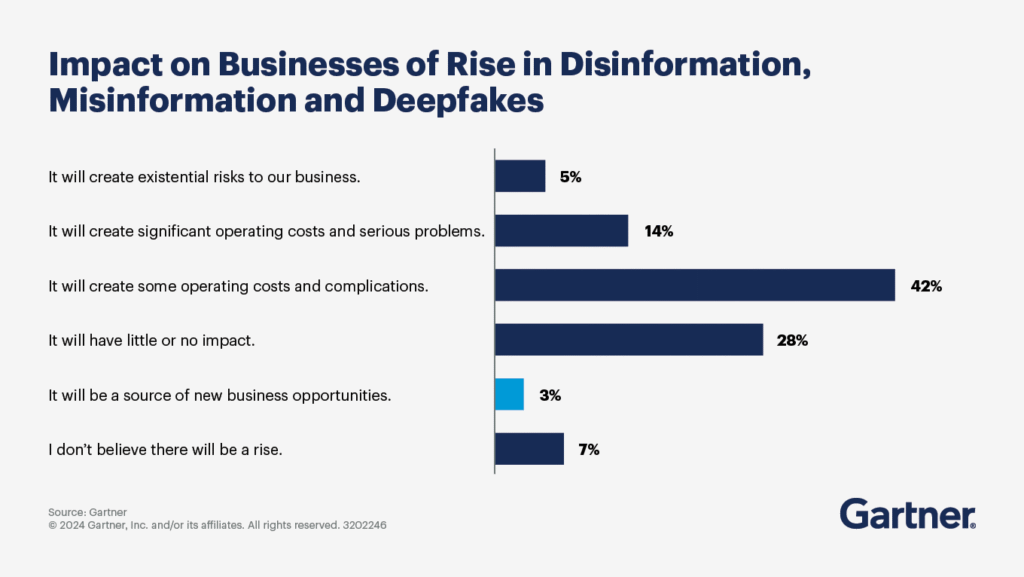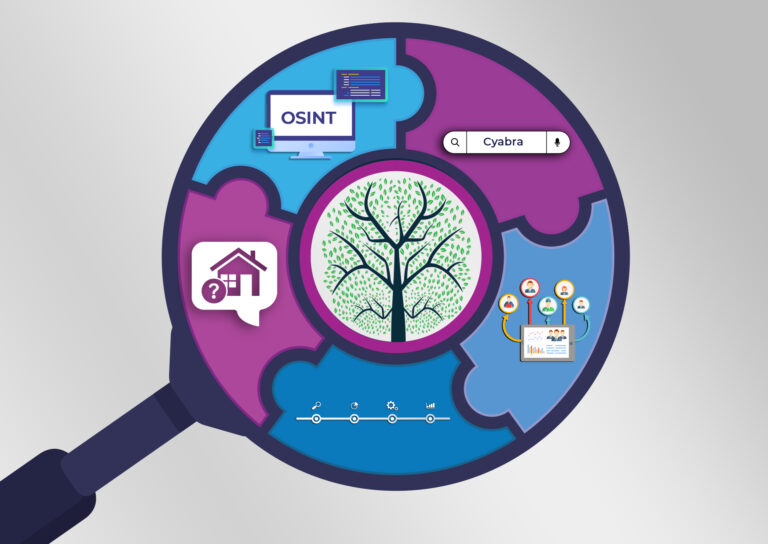Is your small or medium business (SMB) too small to be a target for disinformation? It’s a common thought, but a dangerous one. The reality is, online attacks can hit businesses of any size, aiming to wreck reputations and erode trust. This guide offers practical tips to fight back without needing big-budget resources.
TL;DR?
- Disinformation attacks have become more popular in recent years, assisted by the rise of AI tools, making the creation of coordinated fake campaigns and bot networks accessible to virtually anyone.
- While enterprise companies have the budget and human resource to deal with those new threats to brand reputation, small and medium sized businesses are more vulnerable.
- Implementing cost-effective monitoring strategies, crisis response playbooks, and employee education can significantly reduce vulnerability without enterprise-level resources
The Silent Threat That Destroys Brands Overnight
Imagine arriving at work to find your company trending on social media – but not for the reasons you’d hope. A deepfake video of your CEO making inflammatory statements or false claims about your products is spreading like wildfire. Customer complaints are flooding in, employees are confused, and the local news is calling for comment. For small and medium-sized businesses, this nightmare scenario is becoming increasingly common, and the consequences can be devastating.
The threat landscape has changed dramatically in recent years. A recent GlobalNewsWire publication showed that 49% of Businesses have been hit by deepfake fraud. But while large enterprises can weather the storm with dedicated crisis management teams and resources, SMBs often find themselves fighting an uphill battle with limited ammunition.
The Growing Disinformation Threat to SMBs
The democratization of disinformation tools has created a perfect storm for bad actors targeting smaller organizations. Today, just $10 can purchase 50,000 fake views, 20,000 fake likes, and 500 fake comments, making disinformation campaigns accessible to virtually anyone with an internet connection and a grudge.
Even more concerning is the preparedness gap: while 94% of SMB leaders believe they understand cybersecurity threats, only 11% deploy AI-driven defenses to counter sophisticated disinformation campaigns (Security Magazine). This disparity between perceived and actual readiness creates a vulnerability that disinformation actors are eager to exploit.
According to Gartner, adoption of disinformation security measures is projected to grow from under 5% in 2024 to 50% by 2028. But for many SMBs, that protection may come too late if they don’t take action now.

Why Your Size Makes You Vulnerable
SMBs face unique challenges when it comes to disinformation threats, largely stemming from their size and resource constraints:
- Resource constraints create blind spots. While large corporations can dedicate specialized personnel to monitor and respond to reputation threats, SMB communications teams often juggle multiple responsibilities, making early detection difficult.
- Less established online presence creates vulnerability. When your digital footprint isn’t as robust as larger competitors, false narratives can more easily dominate search results and social media mentions.
- Limited visibility means limited defense. Without dedicated monitoring teams and adequate monitoring tools, disinformation campaigns can gain significant traction before you’re even aware of them.
- Disproportionate impact on trust and revenue. For SMBs, even short-term reputation damage can have long-lasting effects on customer trust and financial stability.
The consequences of those attacks can be severe and measurable. Companies affected by disinformation experience heightened negativity in social media activity and diminished growth compared to unaffected peers (ArXiv). This impact is often amplified for smaller businesses where reputation and word-of-mouth are critical growth drivers.

Building Your Defense Without Breaking the Bank
Effective disinformation defense doesn’t always require enterprise-level resources. Here are practical strategies SMB communications teams can implement immediately:
1. Implement Accessible Monitoring Approaches
- Set up social listening tools and Google Alerts to track mentions of your brand, your key executives, and your products
- Track and analyze unusual spikes in engagement or sentiment shifts
- Develop clear indicators that differentiate between organic criticism and coordinated attacks
2. Develop a Response Playbook That Accounts for Disinformation
- Create templated responses for common crisis scenarios, including ones where fake profiles dominate the conversation
- Establish clear roles and responsibilities within your team for crisis management
- Build relationships with third-party services that can help authenticate content
3. Own Your Search Results and Social Media Presence
- Maintain an active digital presence with regular, authentic content
- Secure profiles on all relevant platforms, even if you don’t actively use them
- Create a resource center on your website addressing common misconceptions
It’s important to remember: dealing with disinformation isn’t just the responsibility of your social media team. Especially for SMBs, it takes a village to defend against those evolving online threats. Here’s how every part of your organization fits into the fight:
- Employee Education: Teach your team to identify the warning signs of disinformation campaigns, such as fake news, hashtag hijacking, manipulated and misleading content, and deepfakes. Set up protocols for reporting suspicious activity. Run simulation exercises to test response protocols, evaluate effectiveness, and adjust strategies.
- Collaborate Across Departments: Partner with IT to implement basic monitoring solutions. Work with customer service to establish early warning protocols and explain when to escalate and when to avoid responding. Engage leadership to understand the business impact of online reputation threats, and supply them with regular reports on the state of your online brand and any rising issues or threats.
Leveraging Specialized Tools Within Your Budget
The rise of smarter AI tools has given bad actors new weapons – but it’s also opened up new defenses. While monitoring tools were once reserved for large enterprises, today’s more affordable AI detection solutions are accessible to smaller organizations too.
Cyabra’s AI helps you spot fake profiles and coordinated campaigns targeting your brand, delivering early warnings before potential reputation threats gain traction. Cyabra is available in flexible delivery options to match the size of your team and company – whether you need full platform access or 24/7 alerts that let you sleep easy and deliver only the essentials, perfect for your two-minute morning email routine.
While SMBs face unique challenges in the fight against disinformation, their size can also be an advantage. Smaller organizations often have more agile decision-making processes, enabling faster response when threats emerge, and tend to have more involved teams. By implementing the strategies outlined above, communications and social media teams can transform their vulnerability into vigilance – creating a protective shield against disinformation that preserves trust, reputation, and ultimately, business success.
The threat of disinformation isn’t going away. In fact, as Cyabra’s research shows, it’s becoming more sophisticated and accessible every day. But with the right approach, even the most resource-constrained communications team can develop effective countermeasures to detect, respond to, and mitigate these evolving threats.


